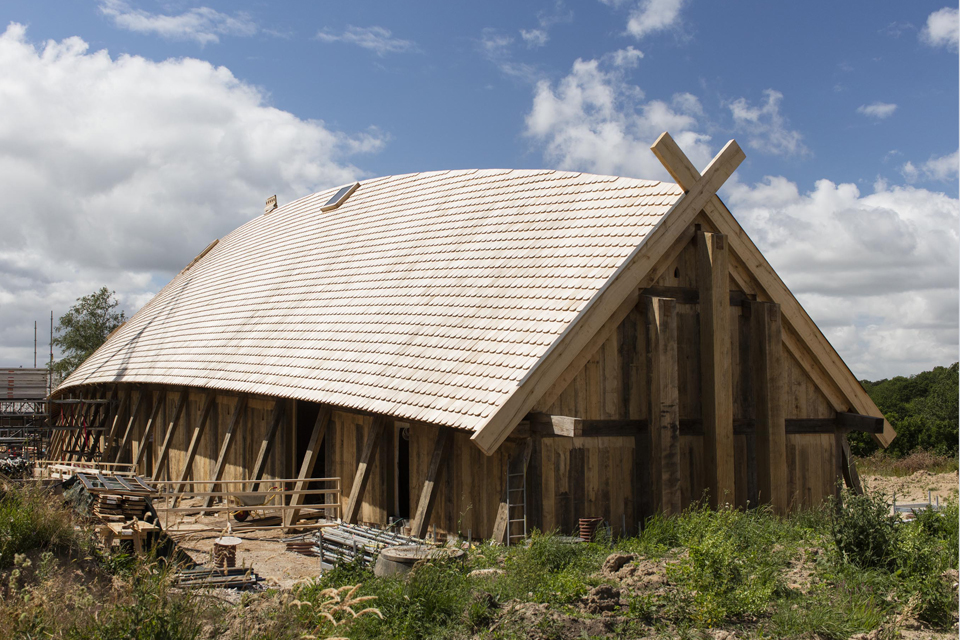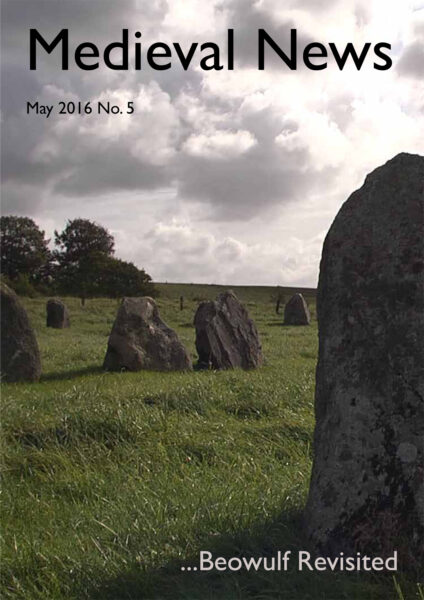In 2009 the remains of the largest Viking Hall in Denmark was excavated at Lejre. Dated to the 8th century, it is currently being reconstructed at Land of Legends
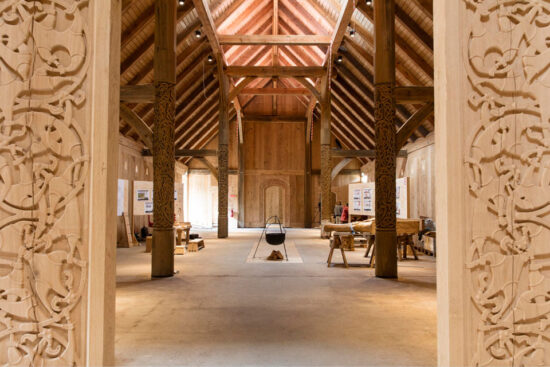
Lejre is famous for its mythological history as well as its series of grand excavated halls. Substituting each other for nearly 500 years, the largest from the 8th century measured 60 m x 5 to 10 m and carried a roof, ten metres above the ground. Built on an elevated platform, visitors came from the road down by the river Lejre and went uphill until they reached a ramp leading up to the entrance. Moving through the entry into the centre of the great hall, visitors might be invited to join the chieftain in his private chamber to the west. From here an exit led into what most archaeologists now believe was a fenced inner sanctum with a “temple”.
The size of this hall – together with its predecessors and successors – is astounding. Visitors to Lejre should take their time to visit not just the Museum at Lejre, but also the hills behind the village, and to walk the excavated fields. Here, the halls and other buildings are marked out on the ground.
Next stop in the itinerary is the nearby Land of Legends, which is an atmospheric and exciting tourist attraction for the whole family. 10.000 years of Danish history brought to life. Houses and settings from the Iron Age, Stone Age, Viking Age and the 19th century, historical workshops and domestic animals are present in the beautiful historic landscape near Roskilde; all offers an inspiring day off.
After 2020 a new and exciting opportunity to experience the huge hall will be on offer. Currently being reconstructed, it will be part of a reconstructed Viking village at The Land of Legends offering an exciting backdrop for the market. The hall itself is intended as a “school room” for visiting children.

Construction
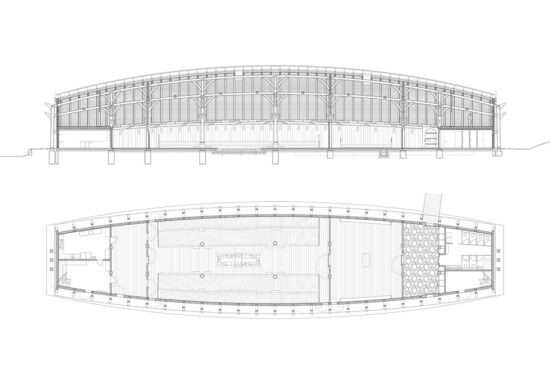
One challenge when reconstructing such a massive building is that we do not know much about how the Vikings built. Studies by architects have revealed that their master-builders probably had an ingrained sense of proportions. If a hall was this long, it had to be this wide and high etc. Very formulaic, the man in charge would measure out where the central posts should be positioned, how deep they had to be dug in, and how much their diameter should be. Walking the forests nearby, it would likely be his job to source out the oak timber needed. Based on this, he would rope out the layout of the hall.
The measure, he would use, was a so-called “Sjællandsk alen” measuring ca. 63 cm, a local ell known from the Middle Ages. We now know – after the architects carefully measured the excavated hall at Lejre – that the same measure was used in the 8th century.
One challenge for the modern architects has been the sourcing of the wood, which suddenly got very expensive. It appeared that while the project was in the initial phase, the Chinese got a foible for decorating their homes with oak tree, making the project much more expensive than projected. Also, the sourcing of the four central pillars or posts was nearly impossible. In the end, the project was allowed to fell four grand oak trees planted in 1807 after the English stole the Danish navy. Protected as national heritage, special permission was granted.
As to the actual carpentry, inspiration has come from the timbered churches in Norway as well as what may be known from preserved coffers and boxes. In the end, the hall is expected to like a ship turned upside down.
Interior Decoration
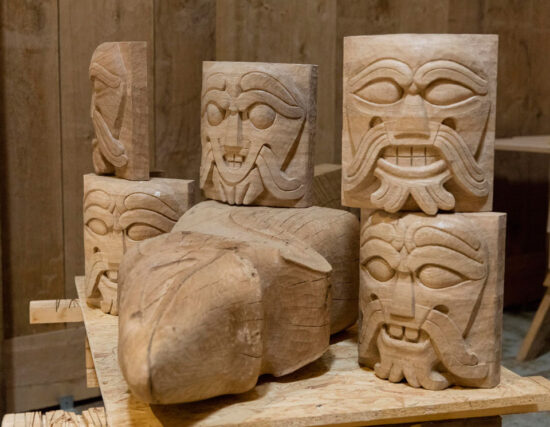
Life at Lejre in the early Viking Age was definitely inspired by imports of luxury goods carried to Lejre by merchants and tradesmen. Finds from the excavations exhibited at the museum in Lejre demonstrate the sophisticated visual world of these people.
The challenge – when reconstructing the hall – is to imagine what it would have looked like in terms of interior decoration. We know some details from heroic epics like Beowulf as well as the later Icelandic saga literature. Other information may be gleaned from excavations such as the magnificent wooden sculptures and carvings discovered at Oseberg, and to find the craftsmen able to carry out the designs.
In the end, it was decided to digitise the decorations in 3D, have them cut by a CNC –cutter, and worked over by a joinder.
Other decorative items like tapestries and metal objects are still in the planning phase.
The hall is expected to be inaugurated in 2020.
VISIT:
Sagnlandet Lejre
Slangealleen 2
4320 Lejre
READ:
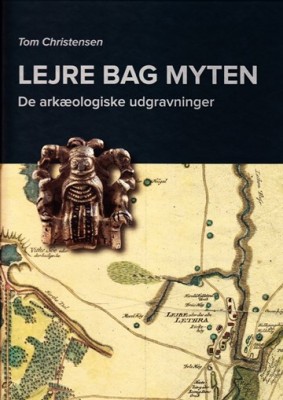 Lejre bag myten. De arkæologiske udgravninger.
Lejre bag myten. De arkæologiske udgravninger.
By Tom Christensen
Romu/Jysk Arkæologisk Selskab 2015
ISBN: 978 87 88415 96 4Re
Lejre beyond the Legend – the Archaeological Evidence
By Tom Christensen
In: Siedlungs- and Küstenforschung im südlichen Nordseegebiet (2010) Vol. 33, pp.237 -254.
READ ALSO:
READ MORE:
